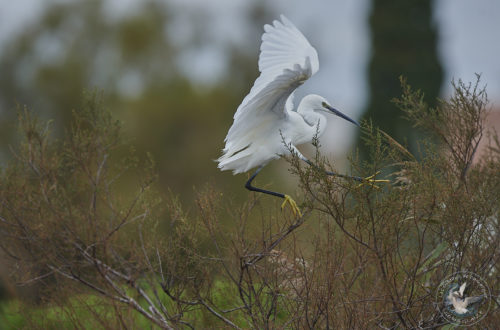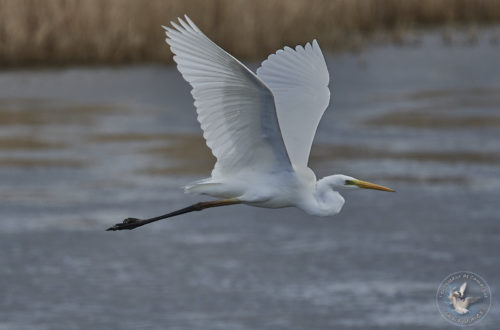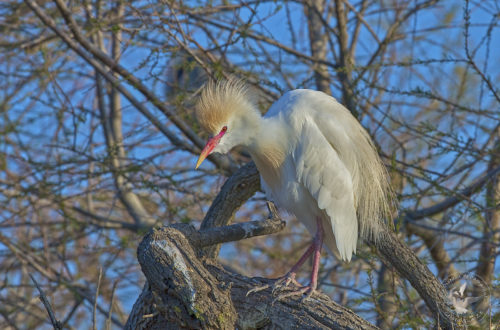Black-crowned Night Heron
Black-crowned Night Heron is a stocky bird with a broad head, thick, short neck, and short legs. The adult has black crown and mantle. The black bill is short and thick. Wings, rump and tail are grey, and whitish underparts. Legs and feet are greenish-yellow. The Black-crowned Night Heron does not take on its adult plumage until its third year. It is a bird that leads a rather nocturnal, or at least crepuscular, life. This makes its observation more difficult.
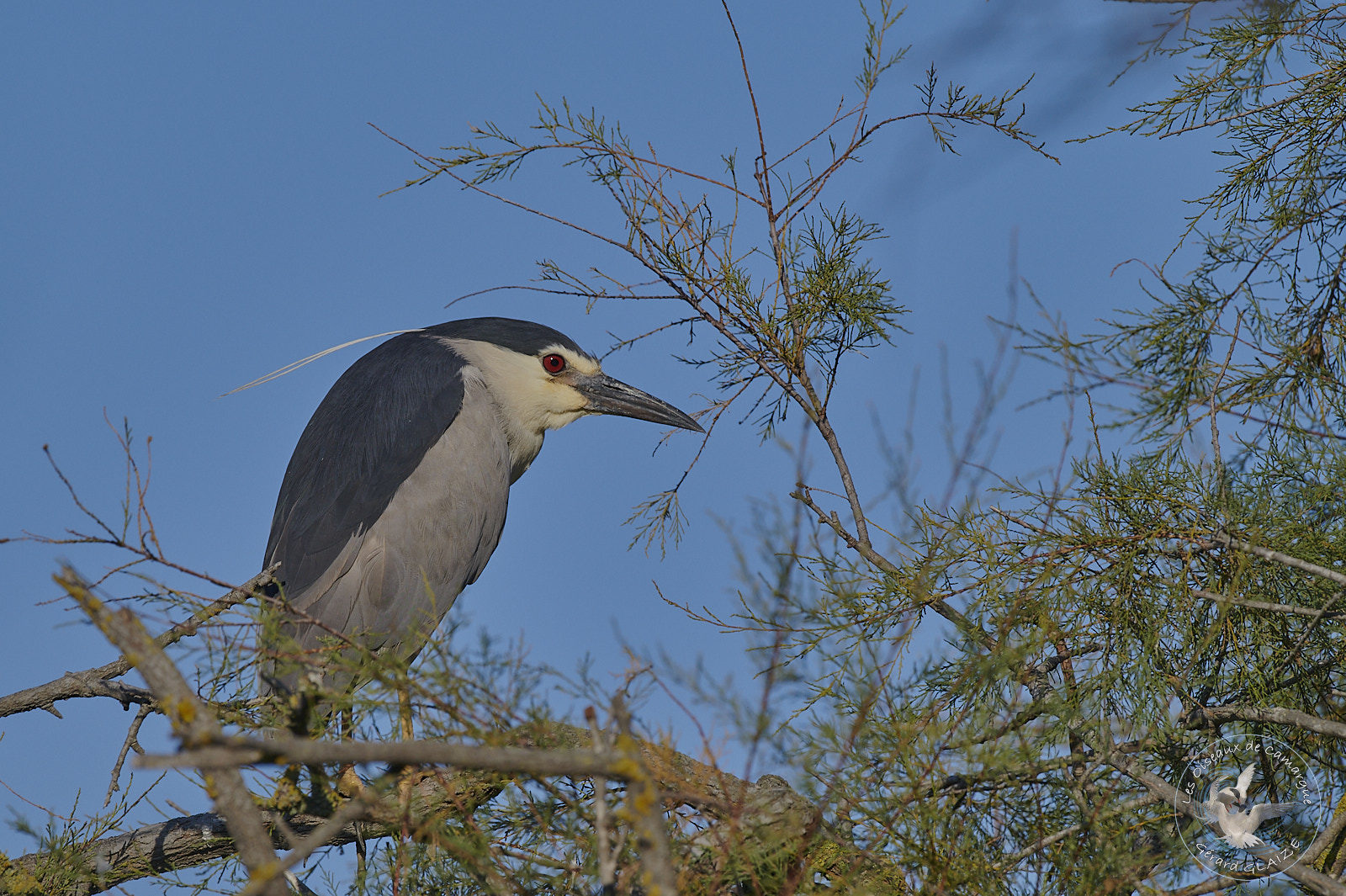
Black-crowned Night Heron
Scientific name : Nycticorax nycticorax
Family : Ardeidae
Length: from 58 cm to 65 cm – Wingspan: from 105 cm to 118 cm
Weight : from 730 gr to 1.015 gr
IUCN Conservation Status: LC
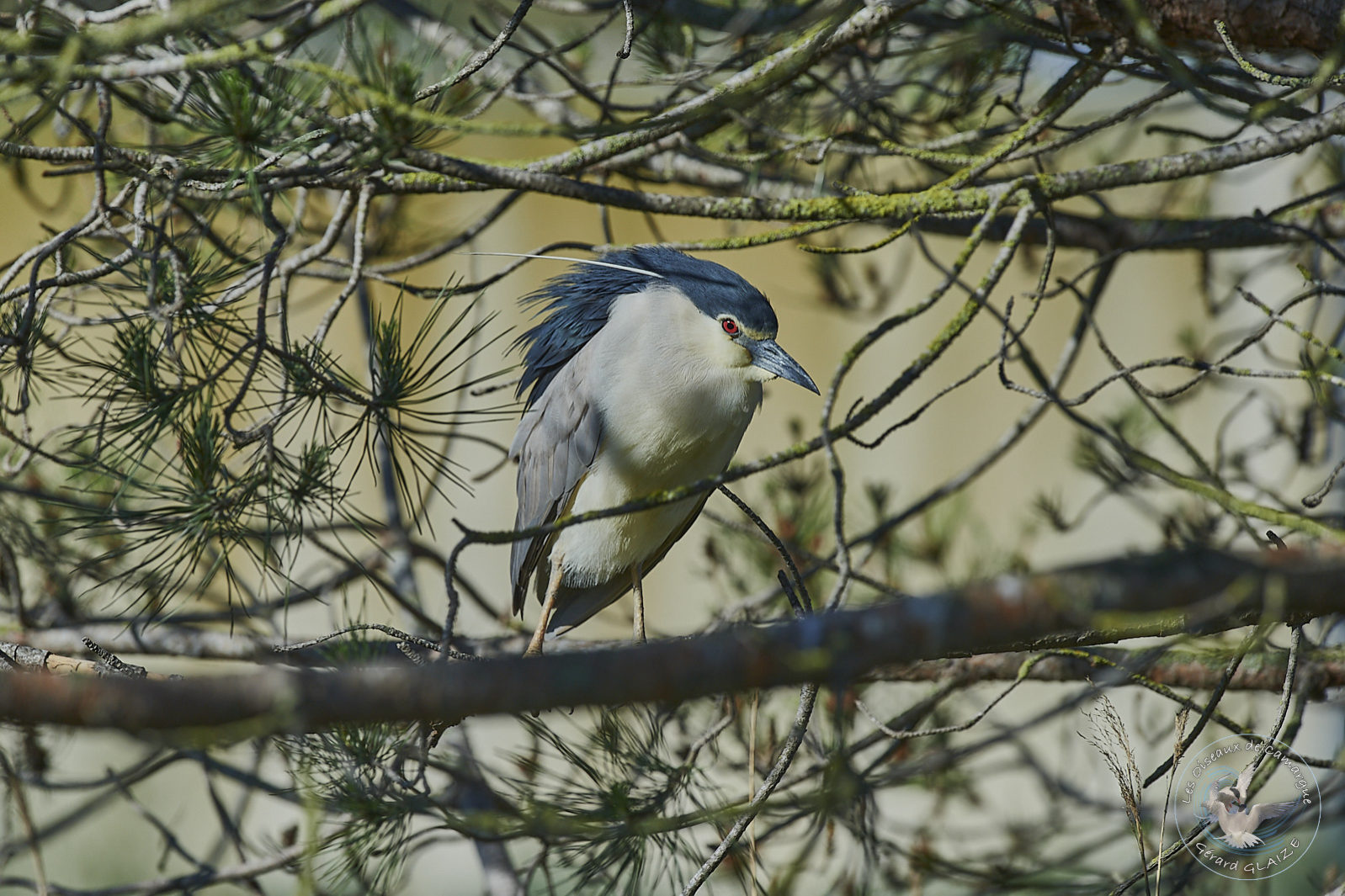
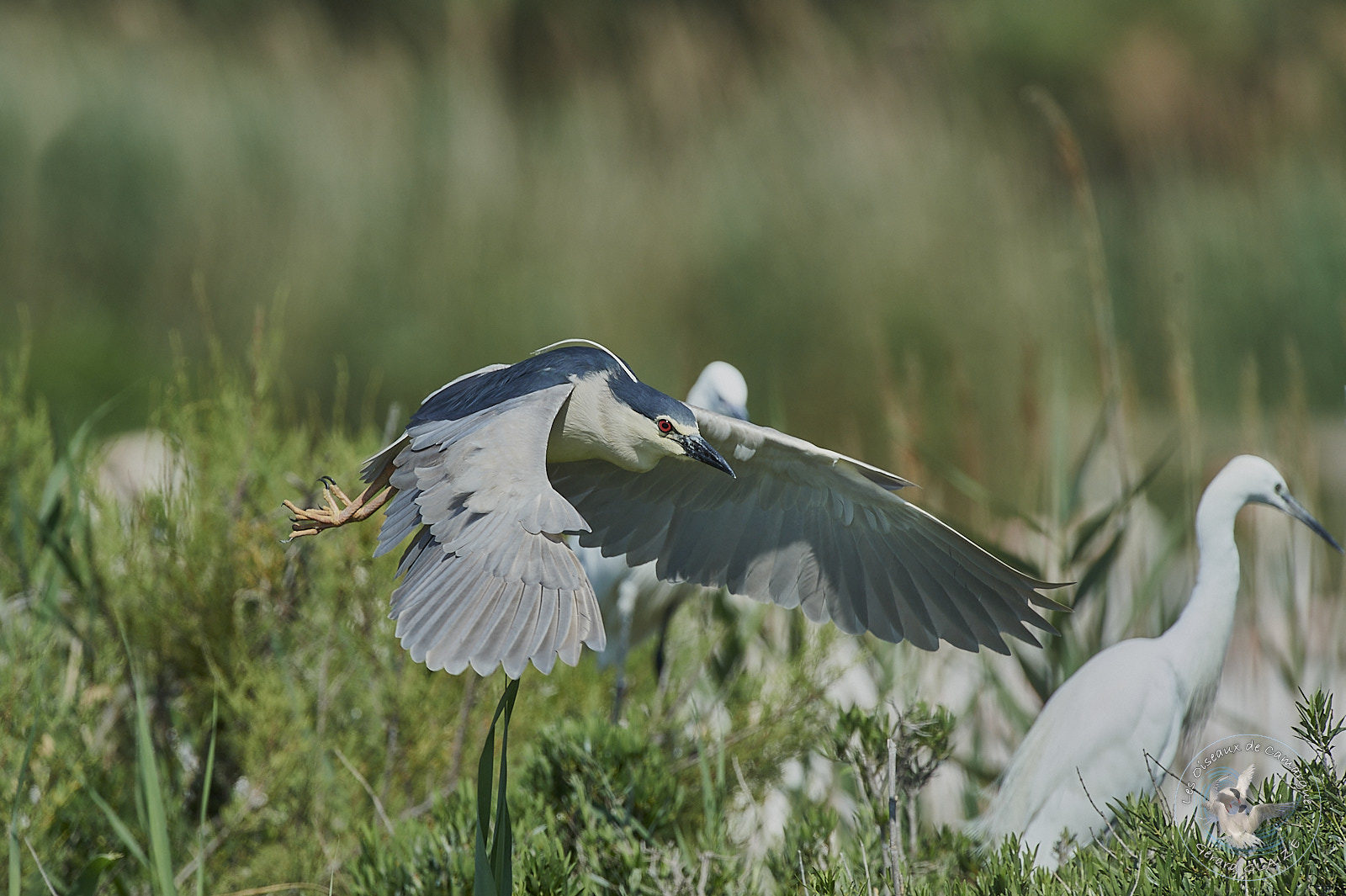
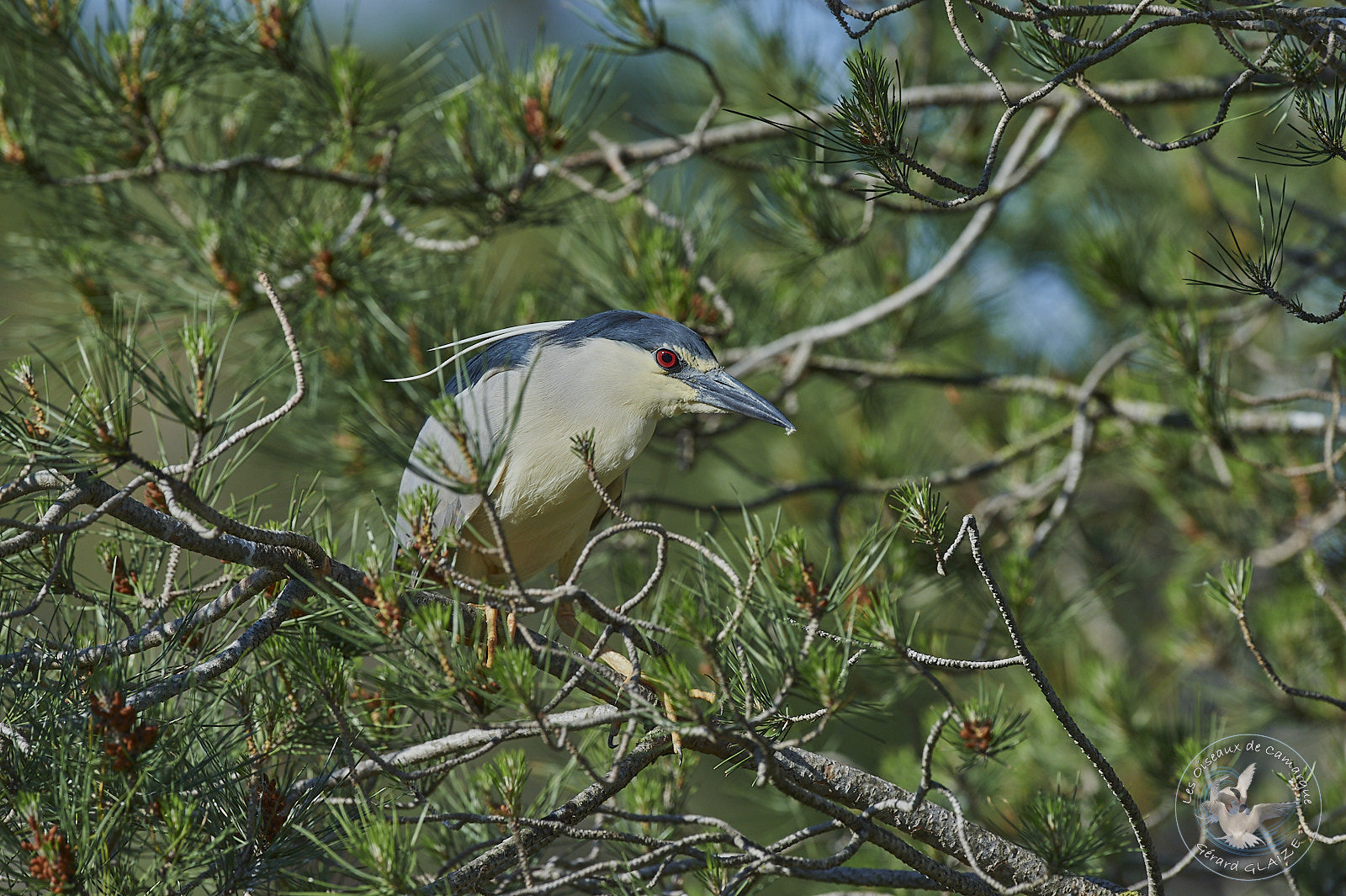
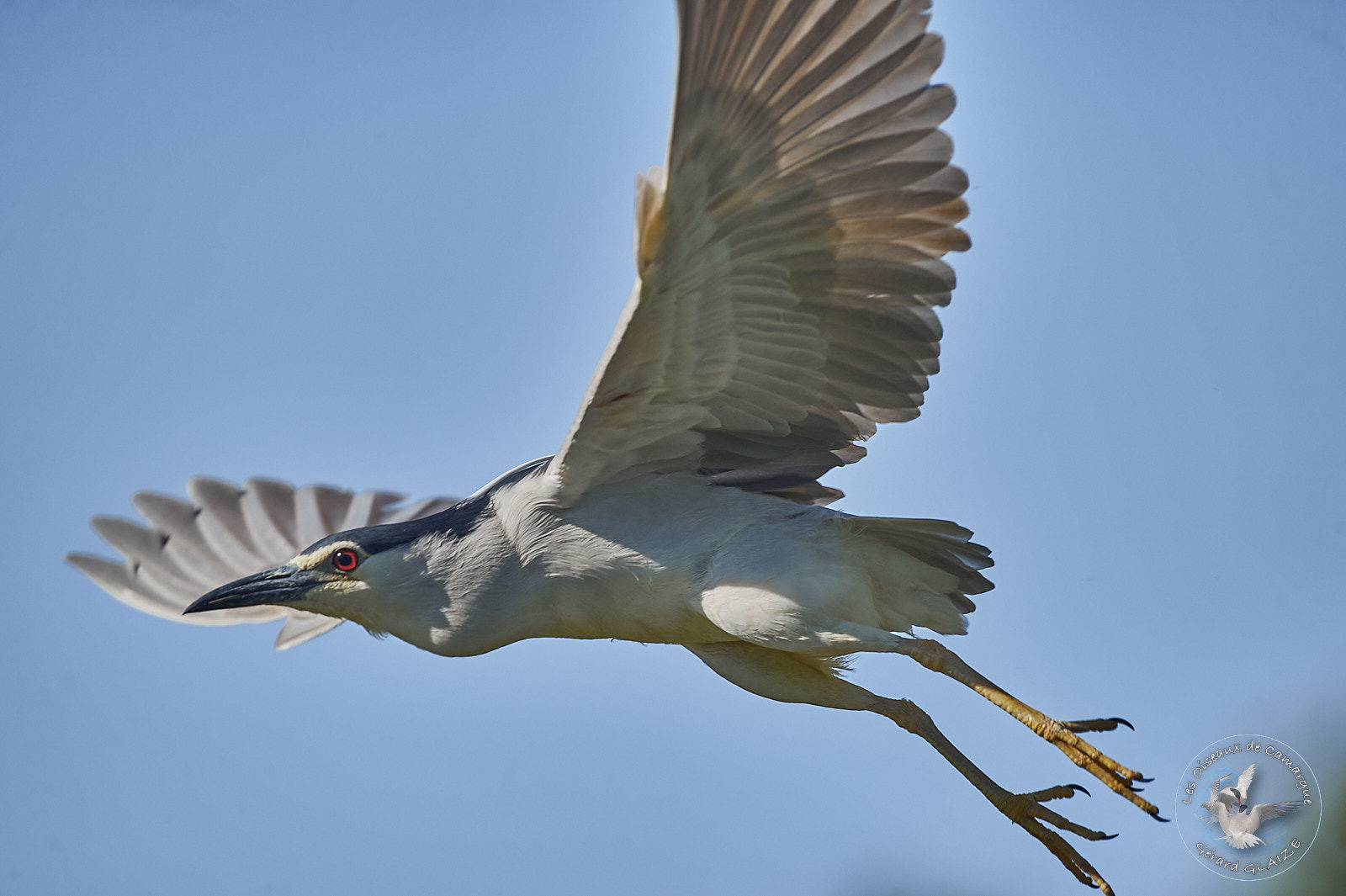
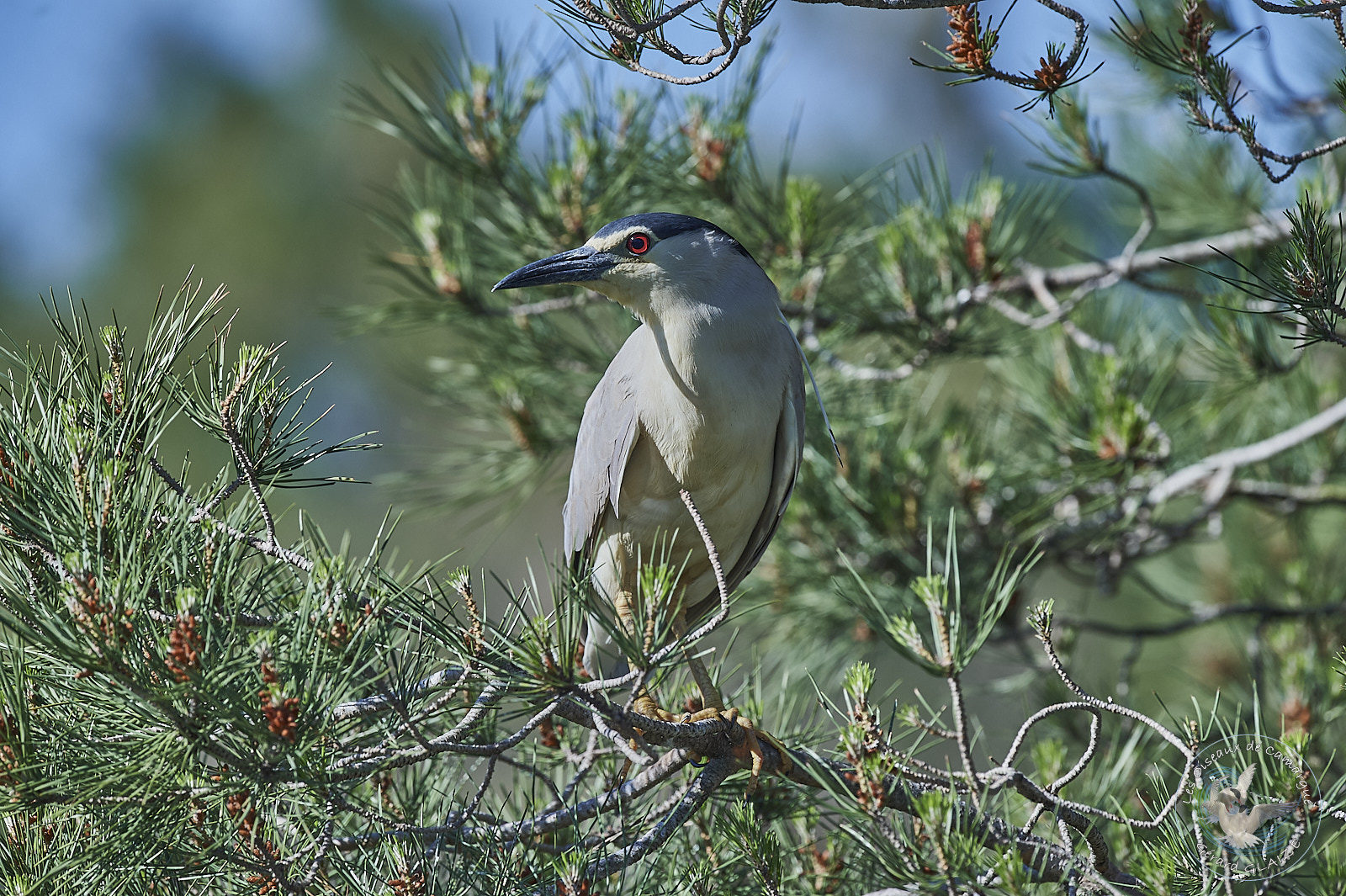
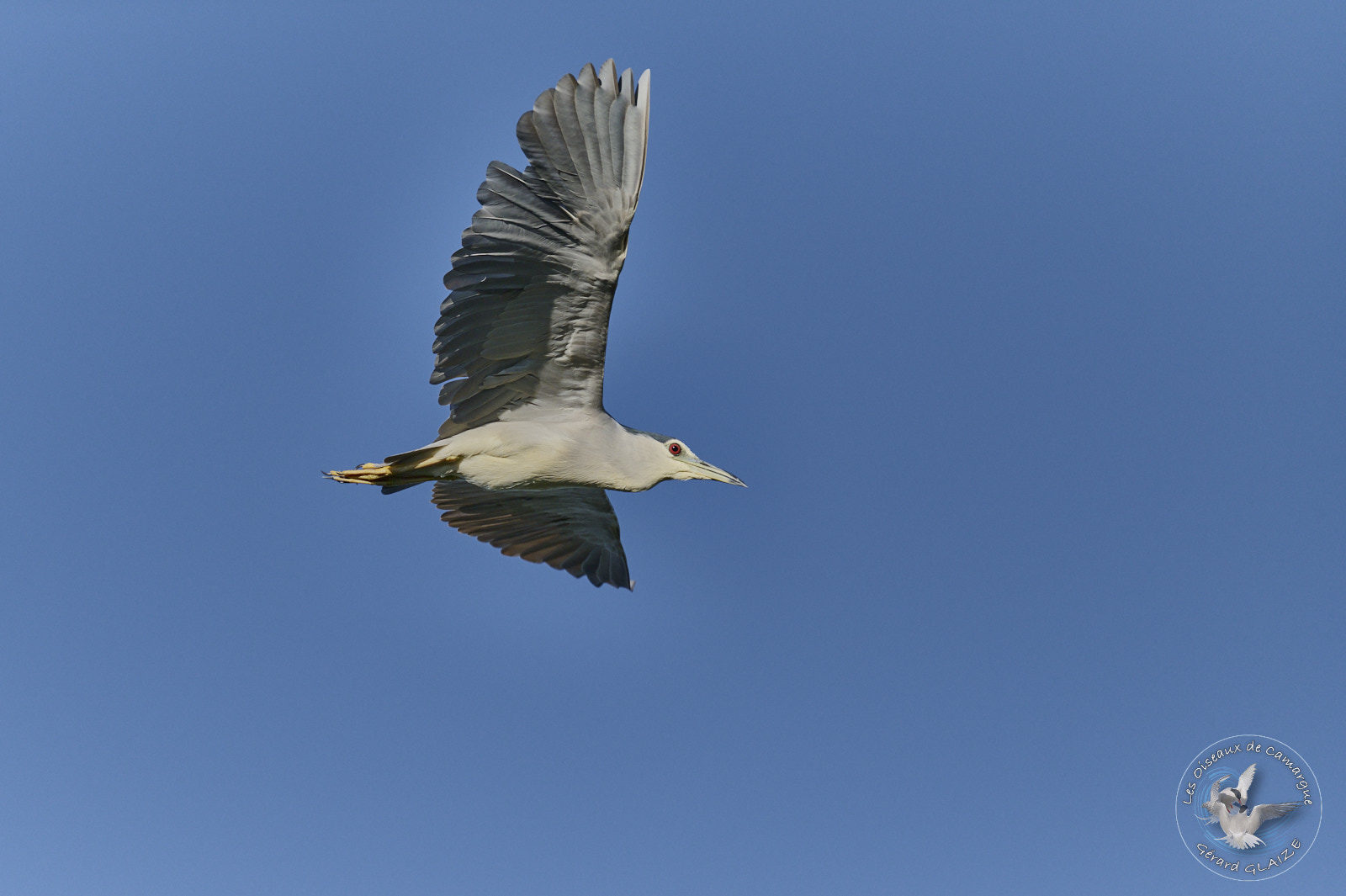
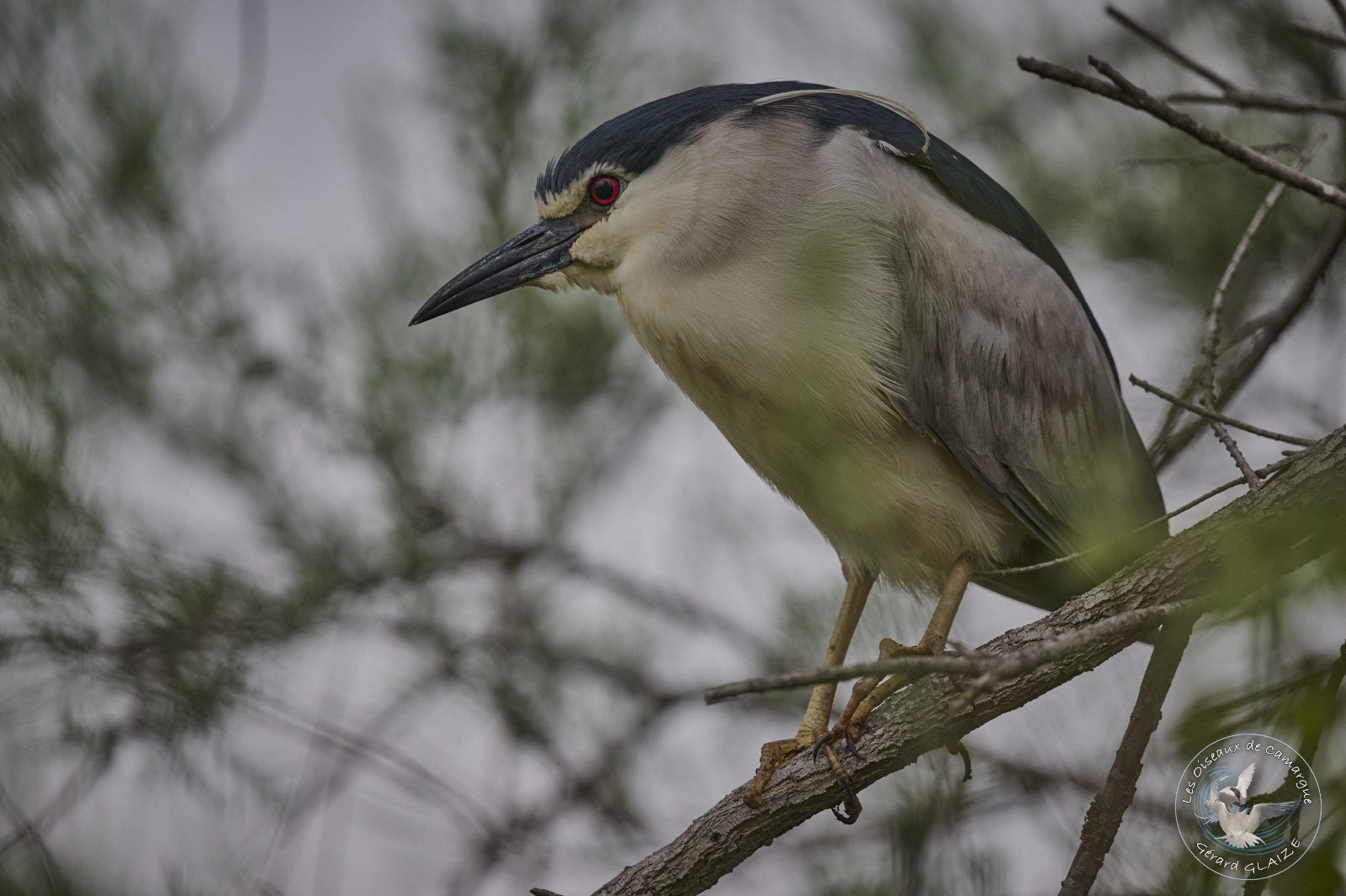
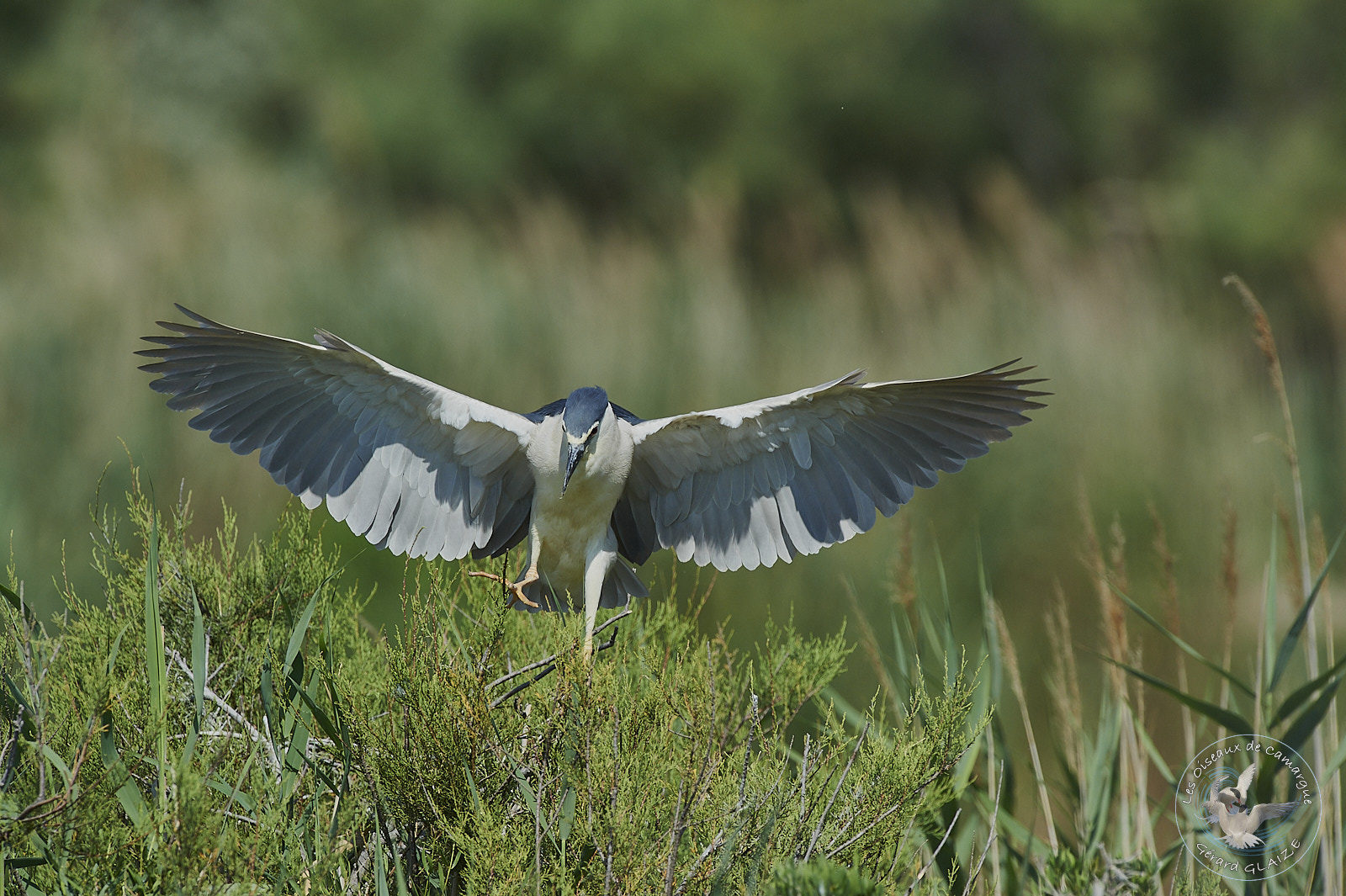
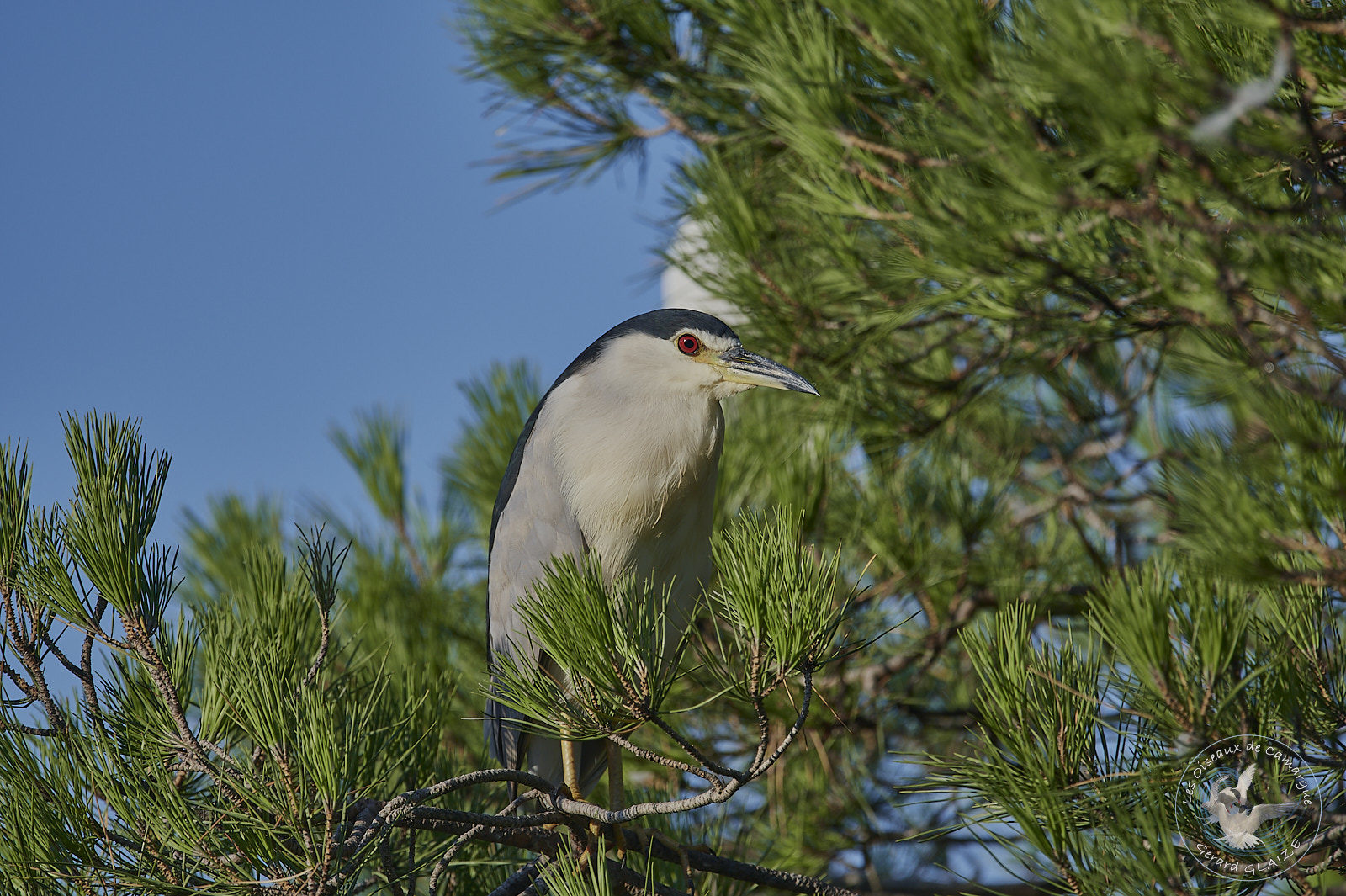
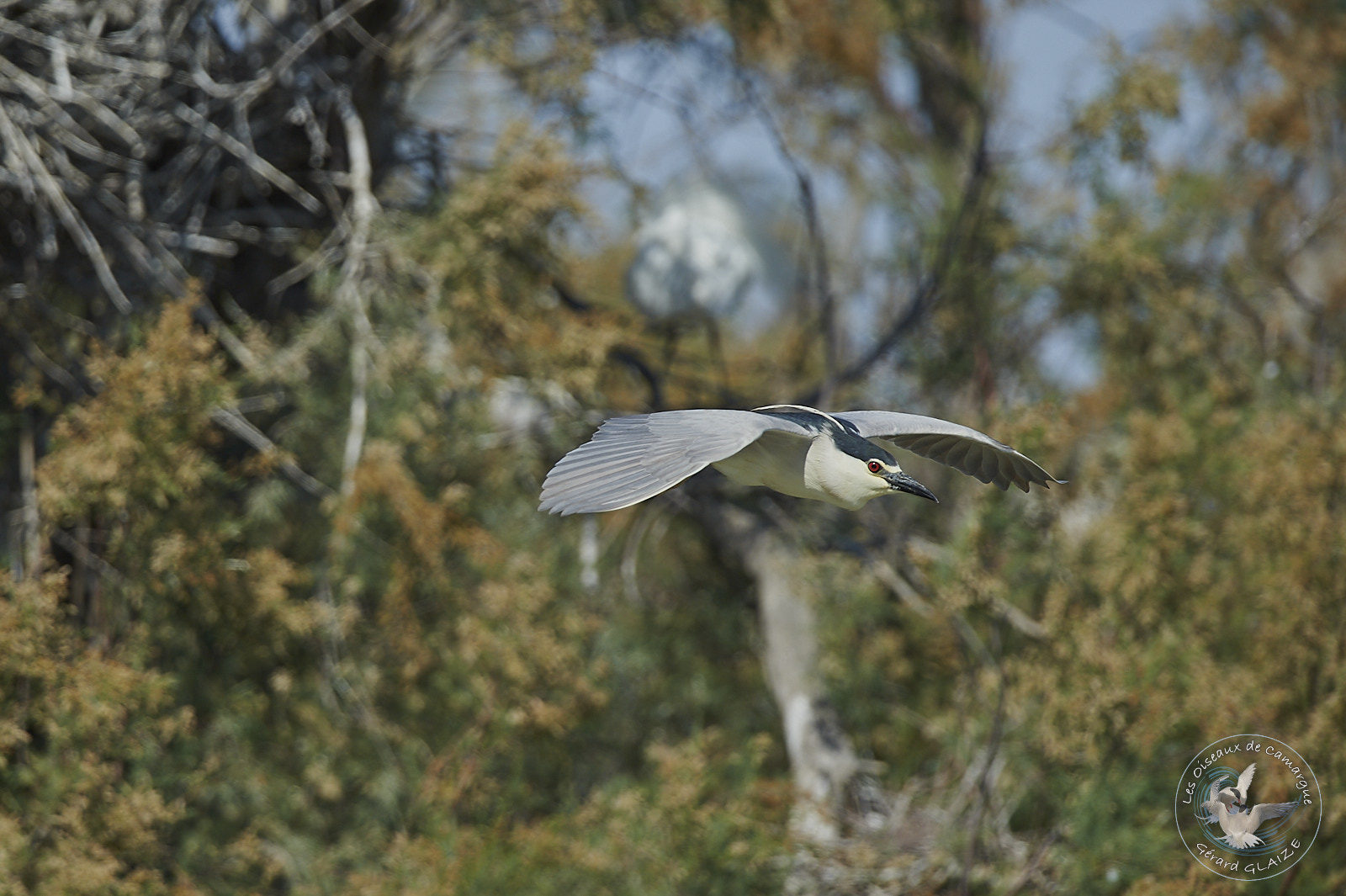
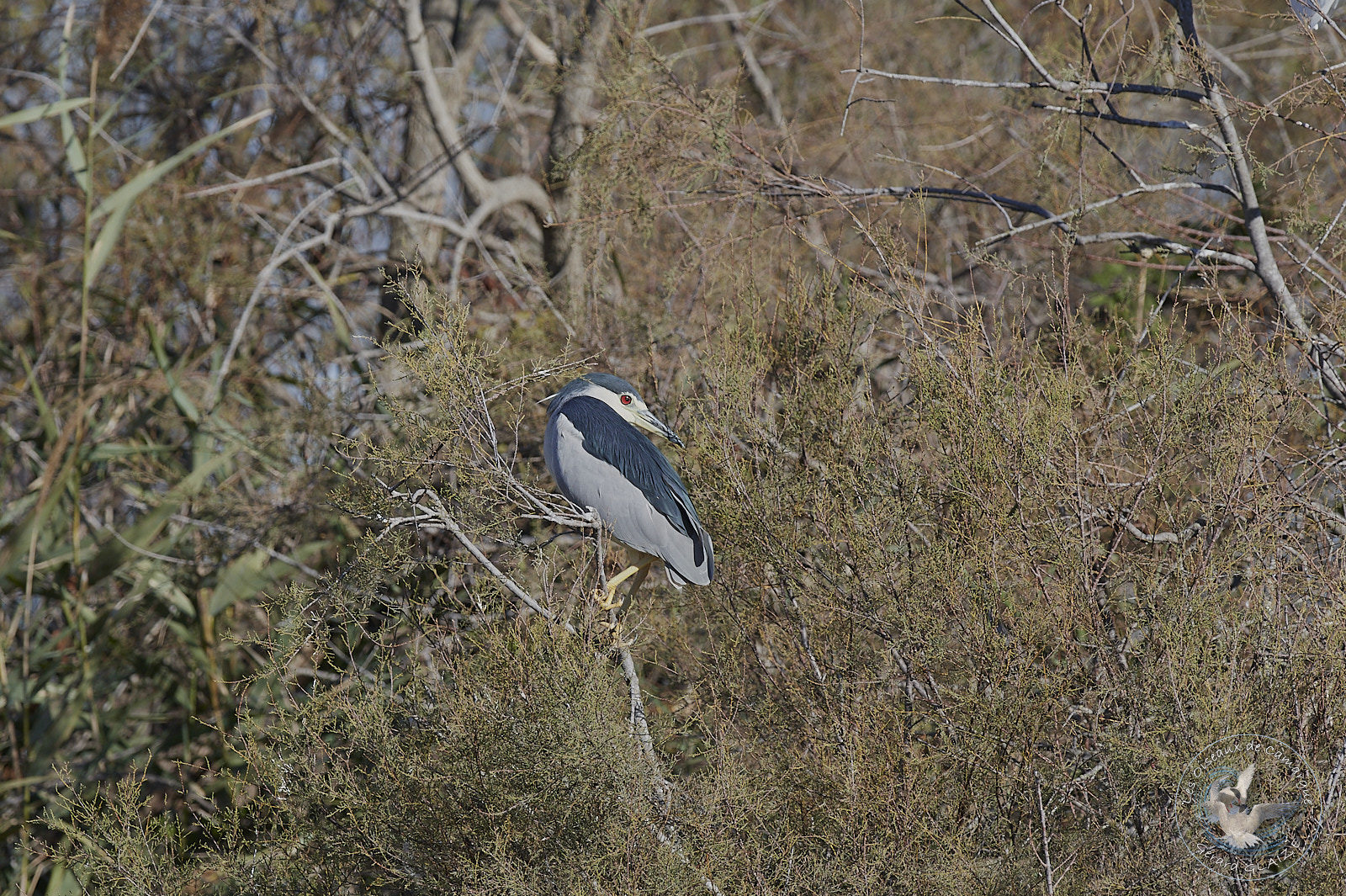
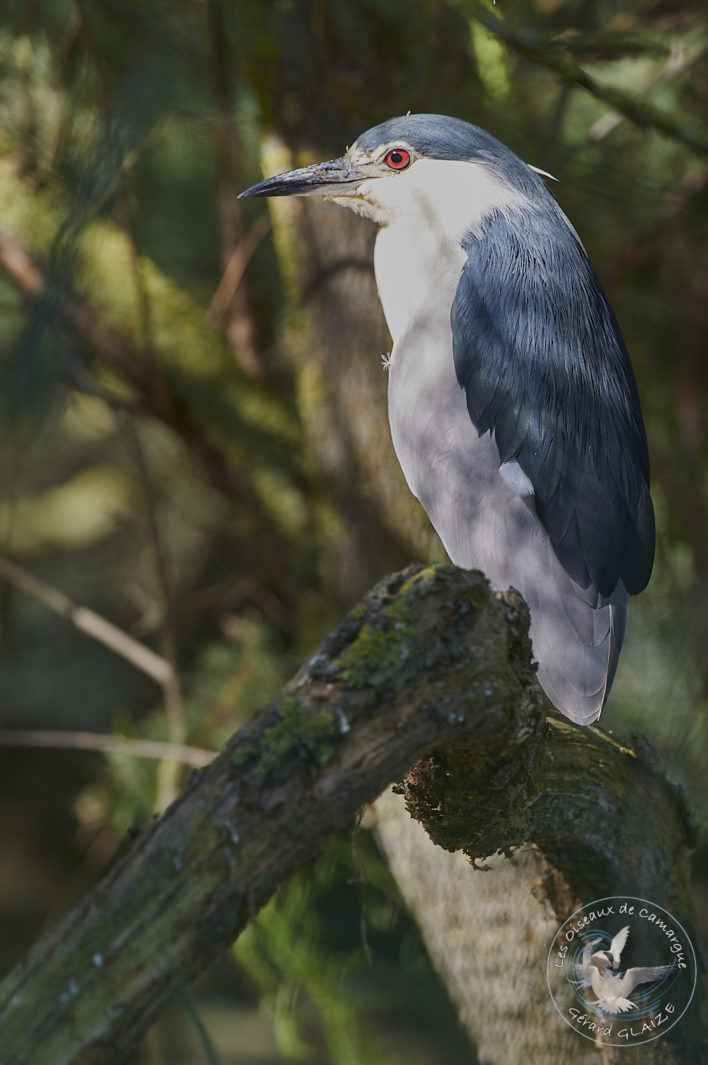
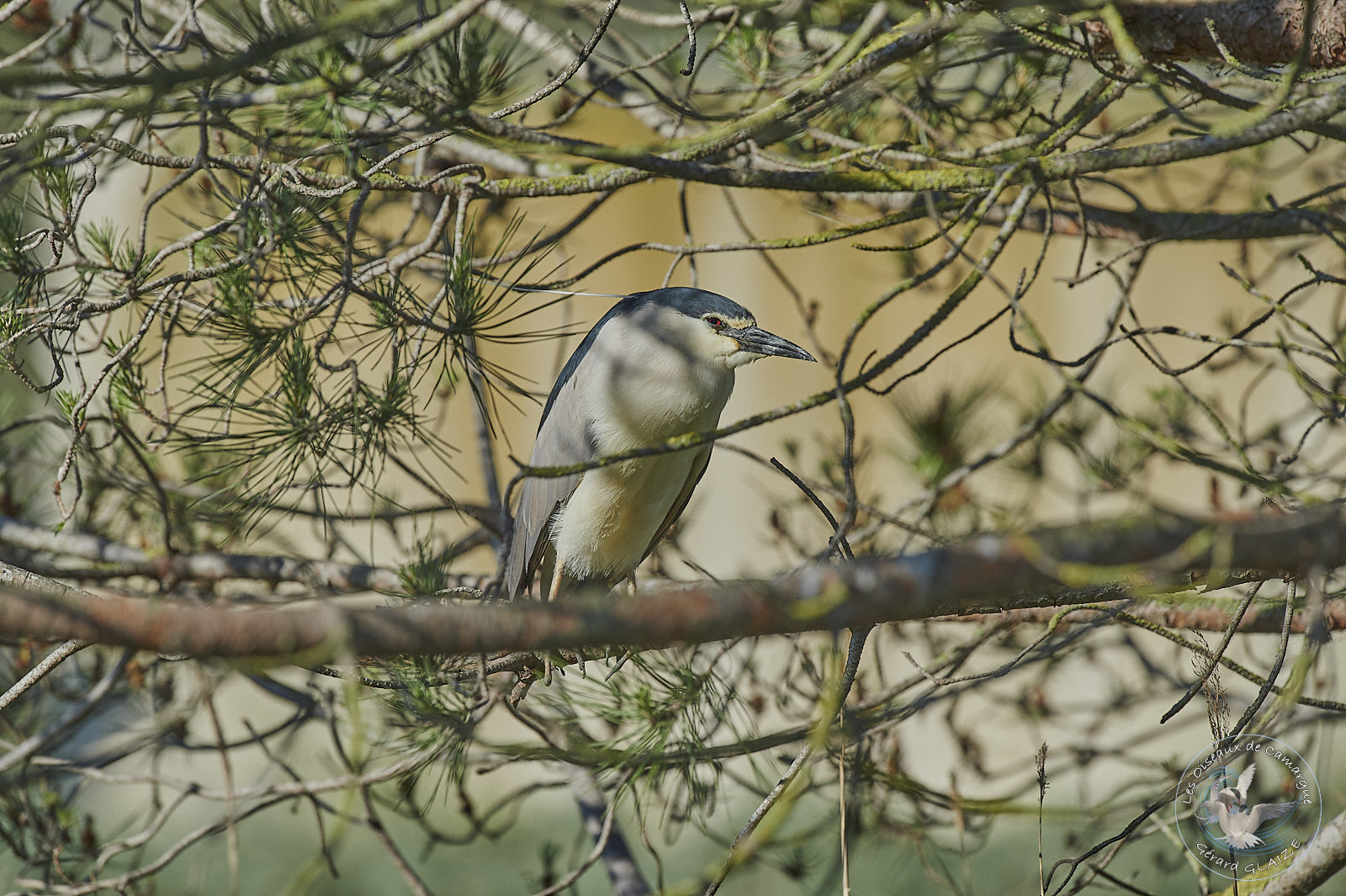
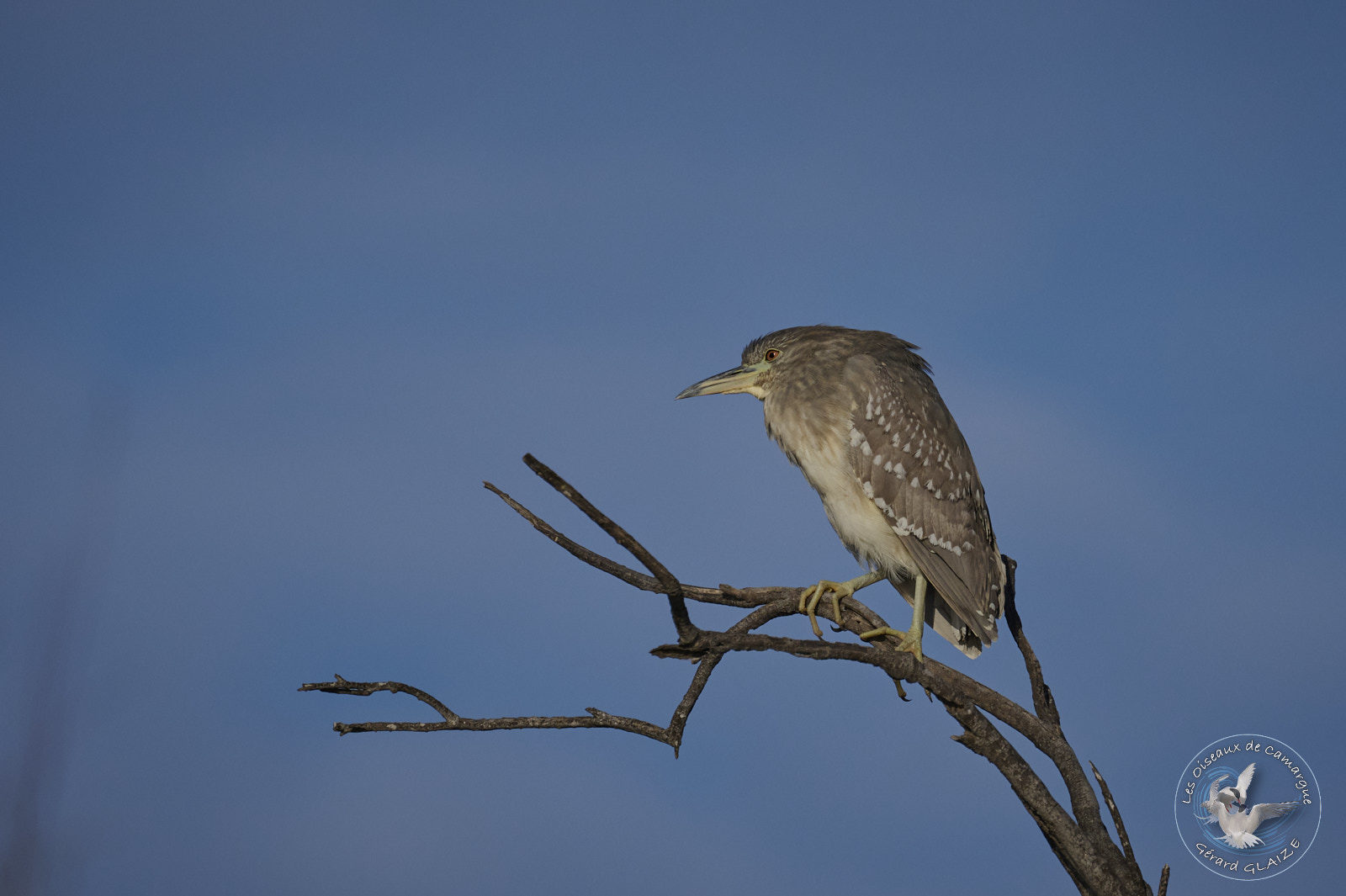
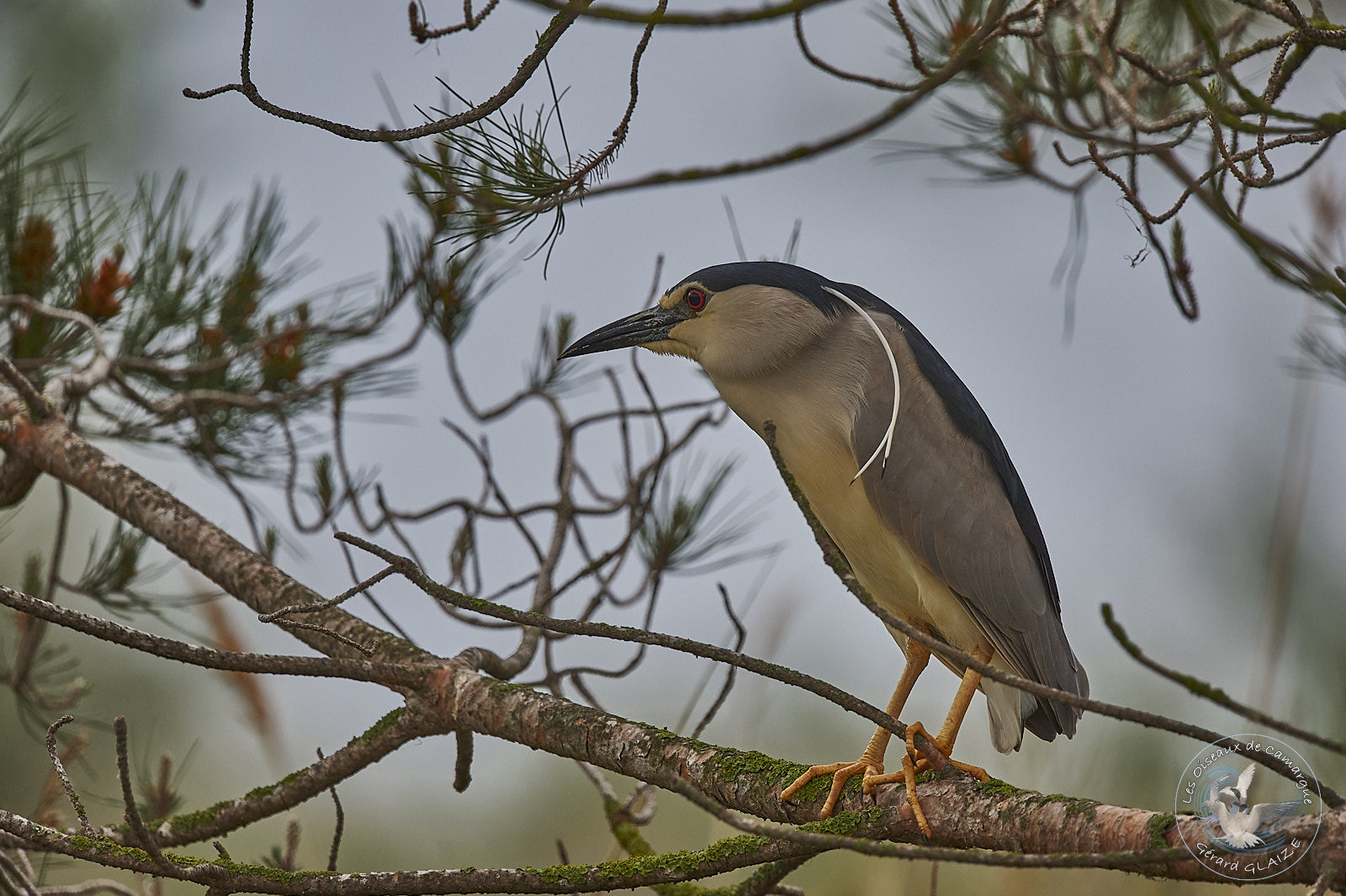
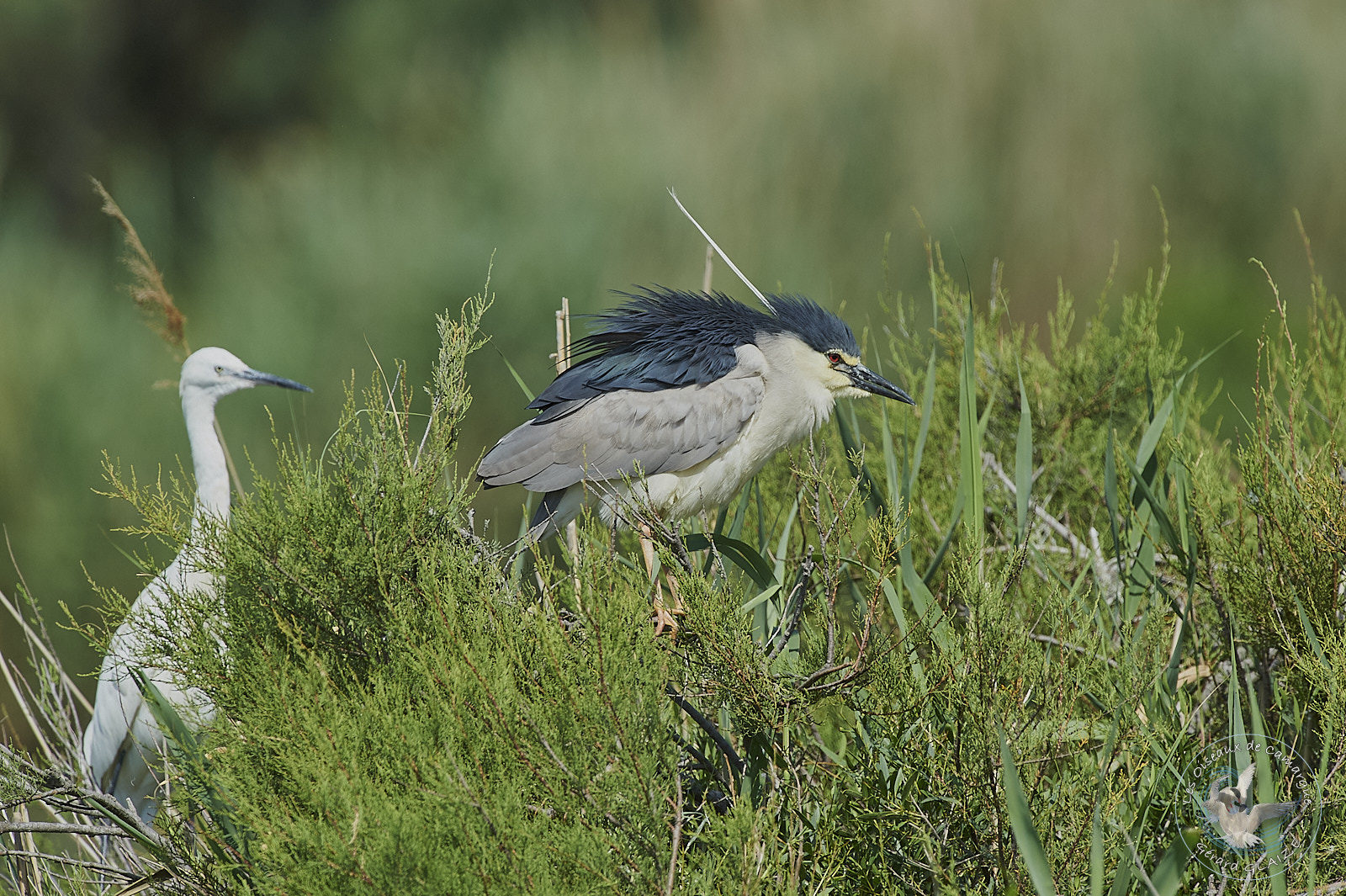
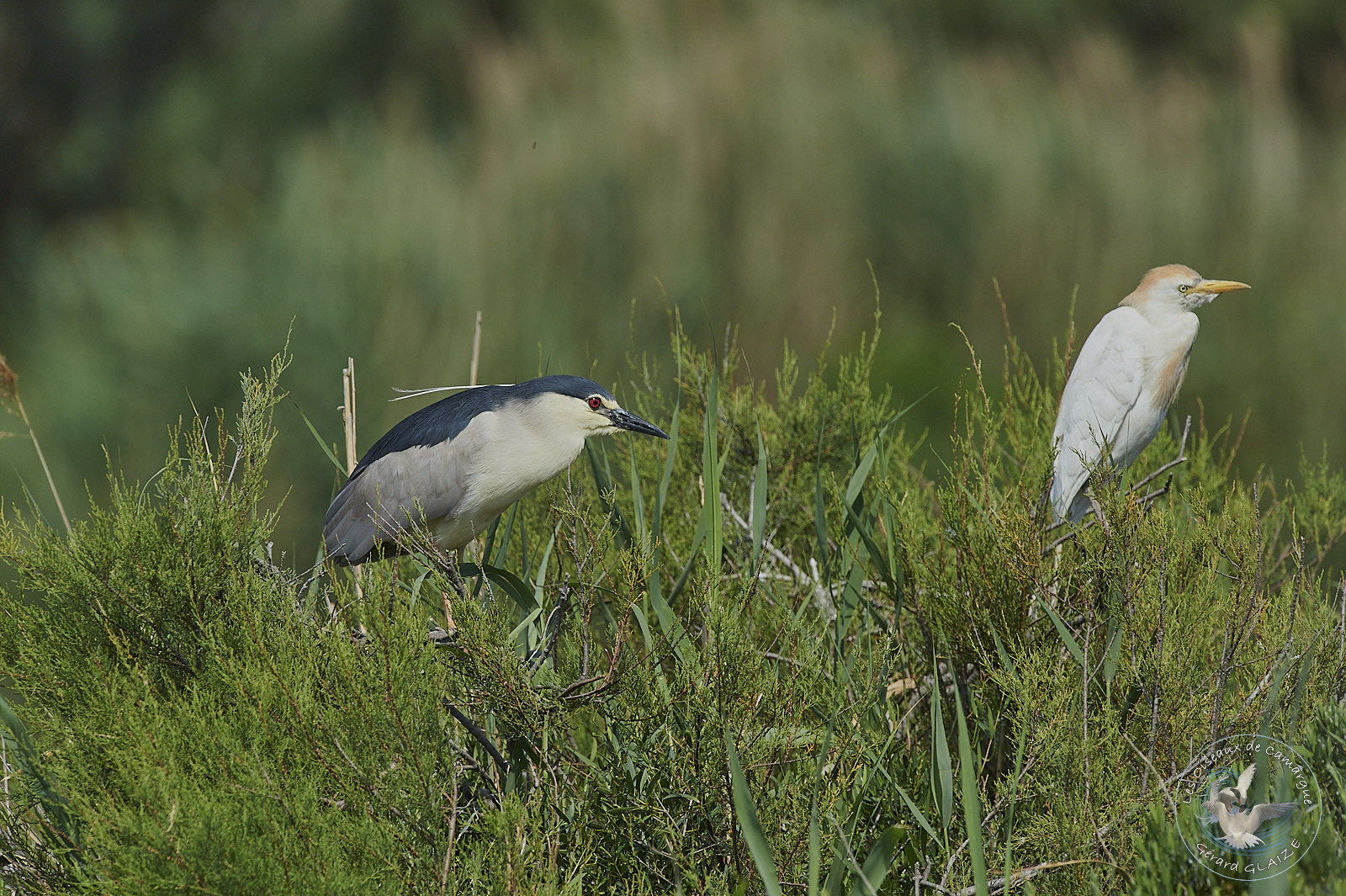
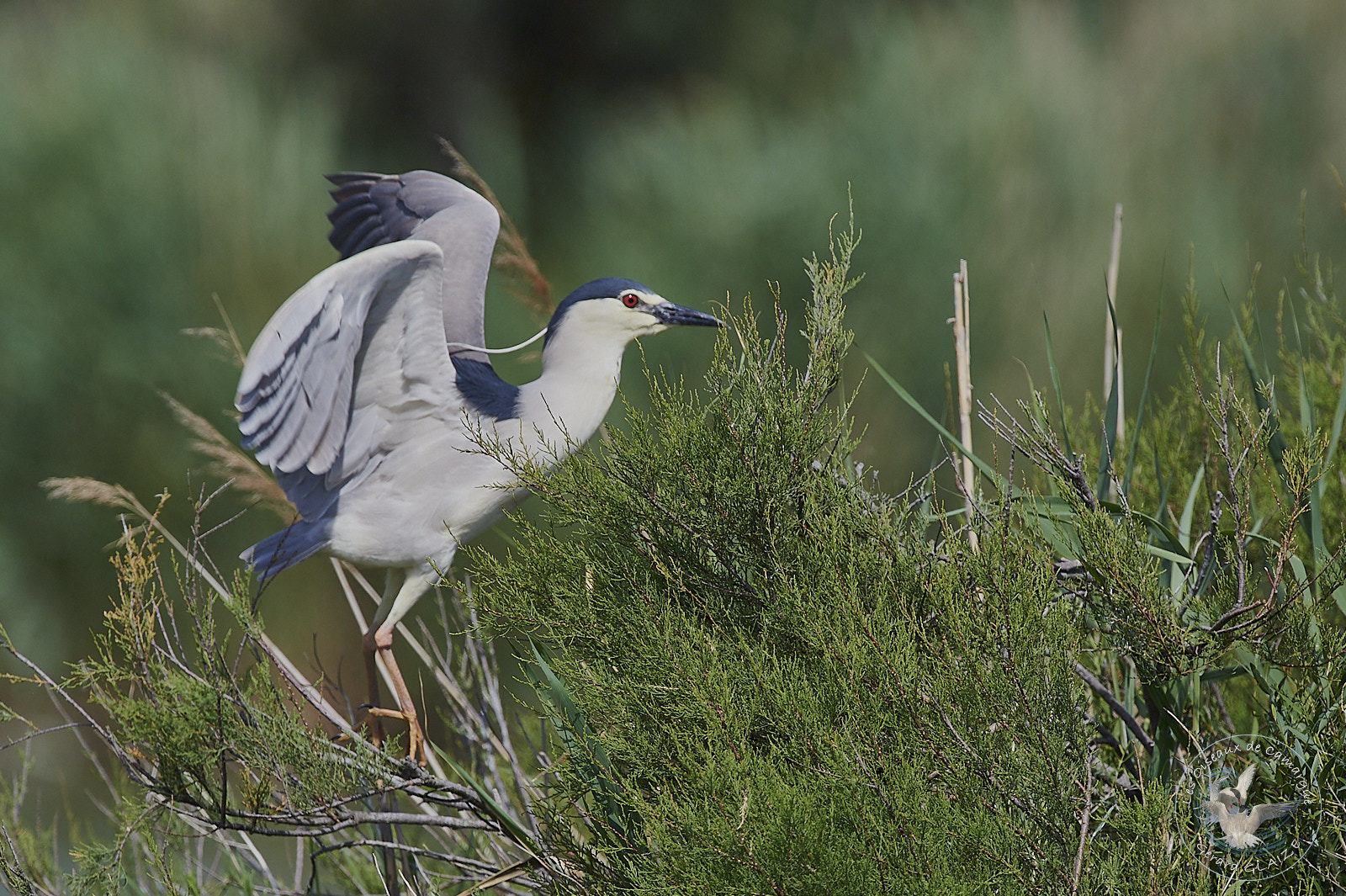
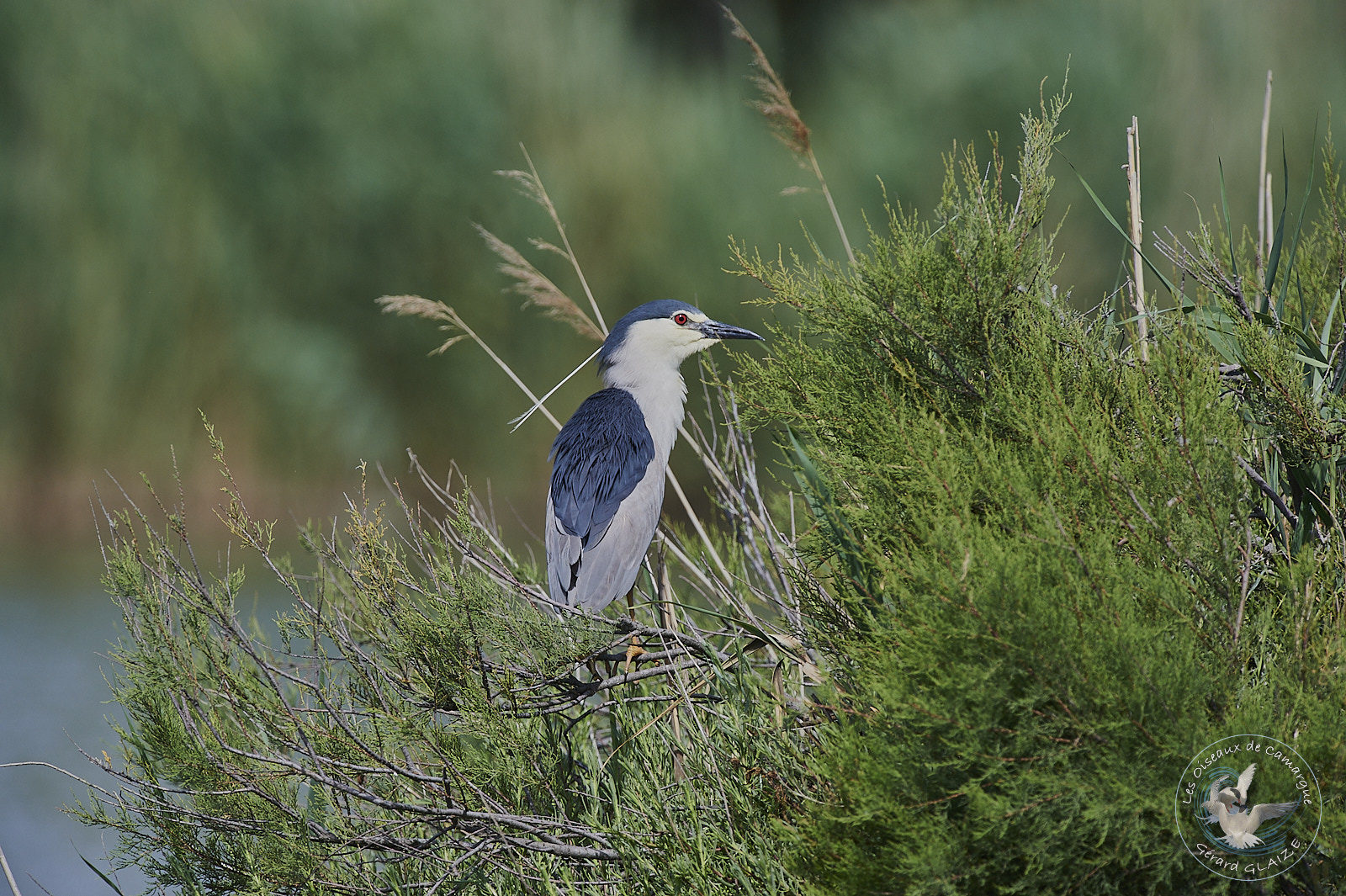
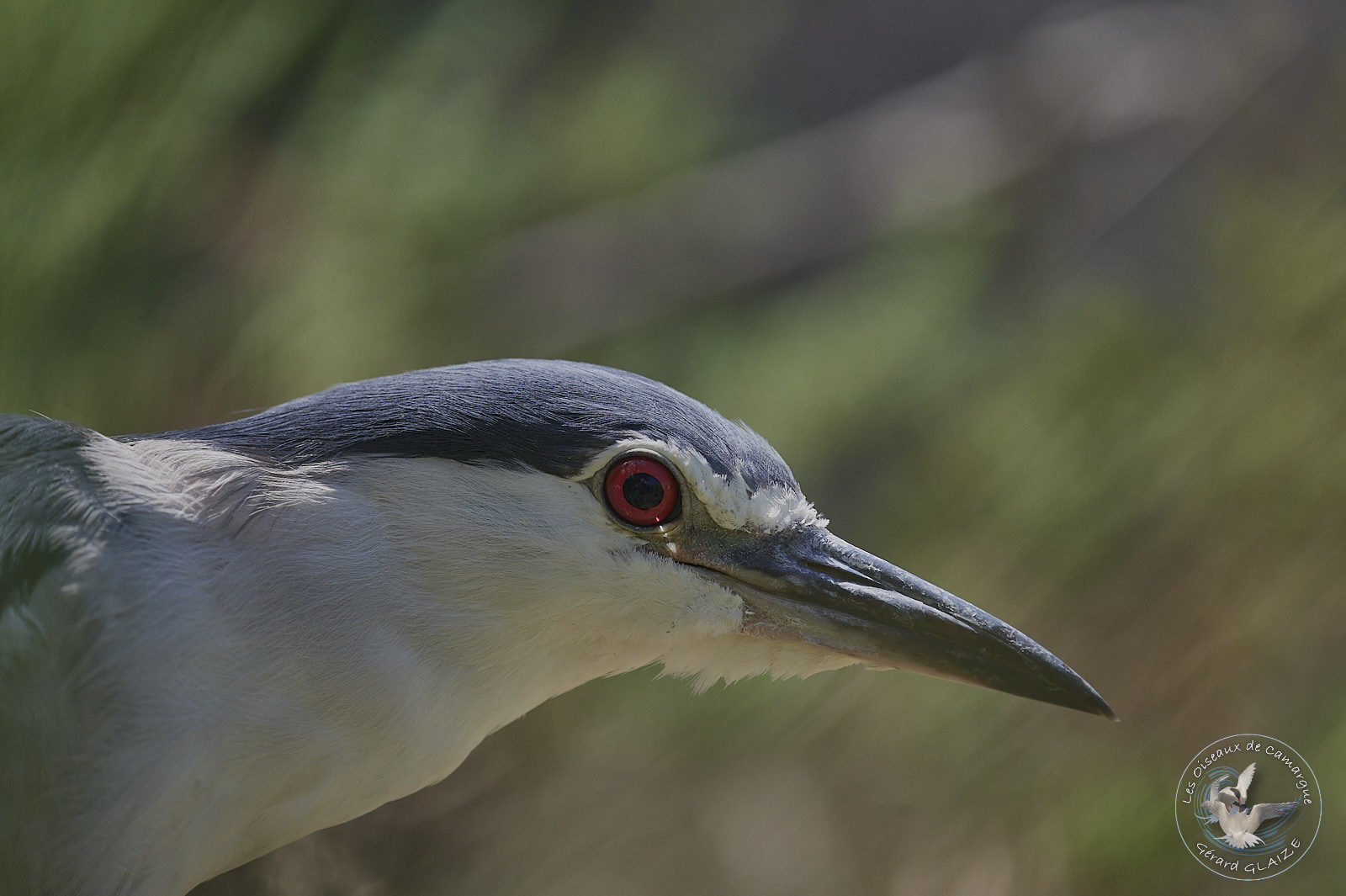
Flight
The flight is direct, with rather rapid and not very broad wingbeats. The beak is slightly bent down. Only the fingers protrude from the tail.
Habitat
The Black-crowned Night Heron lives near wetlands, marshes, swamps, lakes and rivers bordered by fairly dense vegetation. This heron is more associated with wetlands with vegetation than other herons. The species also frequents areas of shallow ponds and gentle marshes, as well as rice fields.
Regime – Diet
Fish, aquatic and terrestrial insects make up the night heron’s diet. It waits, perfectly still, for a prey which it catches by brutally relaxing its neck and swallows it after knocking it out. It sometimes vibrates its beak in the water to lure its prey, fish or batrachian, but the Black-crowned Night Heron also feeds on insects, worms, reptiles, rodents.
Nesting
During mating, the legs turn pink, and two or three white feathers adorn the nape of the neck, down to the back. This bird often nests in colonies with neighboring species in the trees. The male builds the fairly basic nest with twigs, roots and grass that the female weaves together. The laying takes place a few days after mating, generally only once a year, 3 to 5 eggs hatched alternately by the couple during the incubation period which lasts 24 to 26 days. Young are fed by both parents, and stay in the nest for 4 weeks. They become independent around 2 months old.
Migration
The night heron is a migratory bird present in France in spring and summer for nesting. It stays in sub-Saharan Africa between the months of October and March. During its period of presence in France, it is mainly present in the southern half of the country.
Protection
This bird is not considered a threatened species by the IUCN, although the population of the latter is undergoing a decline in its numbers at European level. This bird benefits from total protection on French territory since the ministerial decree of April 17, 1981 relating to birds protected throughout the territory. It is listed in Annex I of the Birds Directive of the European Union.
Cry
The Black-crowned Night Heron is usually silent outside the breeding season. But it sometimes utters cries similar to the sounds emitted by frogs, long and hollow “quarks”, or sudden “guk”, in flight or at roost.
Useful Links
Other Links
- You can see the article from my site “Birds of Camargue” for more information on the Camargue and the Birds.


